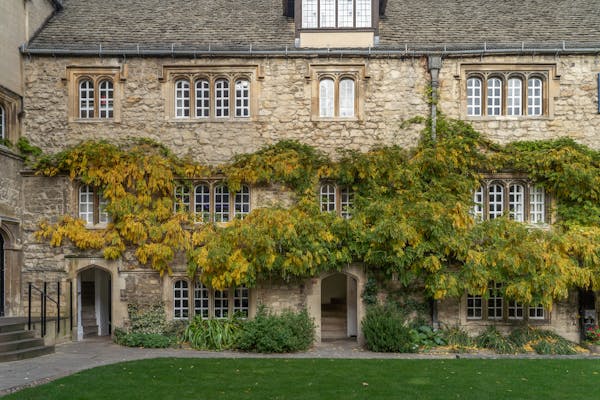Nigeria is presently made up of 36 states, 774 local government areas and Abuja as the federal capital territory. Yet, agitations for the creation of more local and state governments remain vociferous. All the local and state governments as they are today were created by the past military regimes. No civilian administration has ever created one in the Nigerian history.
The creation of either local or state government in Nigeria under the present dispensation is entirely constitutional. So the question is how can new local and state governments be created under the Nigerian constitution? What I have decided to do in this article is to simplify the laid down processes as contained in section 8 of the 1999 Constitution of the Federal Republic of Nigeria (as amended) for the creation of local and state governments in Nigeria so that you as a Nigerian or a lover of the country can be better informed.
The Procedure for the Creation of Local Government
To create a local government in Nigeria, the job starts with a House of Assembly of a state and takes the following forms:
1. a bill calling for the creation of a new local government will be proposed
2. the bill must be passed into law but it can only be passed if:
i. the House of Assembly receives a request for the creation of a new local government supported by a minimum of 2/3 of the members of the House of Assembly who are representatives of the area demanding for a new local government, and
ii. the 2/3 of the local government councils in the area demanding for a new local government
iii. then 2/3 of the people in the area calling for the creation of a new local government have to approve the proposal for the creation of a local government in a referendum
iv. thereafter the result of the referendum is to be approved by a simple majority of the members of each local government council in a majority of all the local government councils in the state where a local government is to be created
v. the result of the referendum also has to be approved by a resolution passed by 2/3 majority of members of the House of Assembly.
Once the conditions listed above are fulfilled, the House of Assembly will pass the bill into law. But there are two more hurdles for the House of Assembly to scale in order to conclusively create a local government and here are the two stages:
1. the House has to pass a bill to adjust the boundary of any existing local government but the bill can only be passed into law if:
a. the House receives a request for the boundary adjustment which is supported by 2/3 majority of members from the area affected by the boundary adjustment from each of the following
I. the House of Assembly, and
ii. the local government council in the area
b. then a proposal for the boundary adjustment is approved by a simple majority of members of the House in the area affected.
2. the House has to make a report to the each chamber of the National Assembly so that the latter can modify the constitution to include new local government or local governments so created.
The Procedure for the Creation of State
When it comes to the creation of a new state, the National Assembly made up of the Senate and the House of Representatives has to pass an Act but this can only be passed when
1. the National Assembly receives a request supported by at least 2/3 majority of members representing the area demanding for the creation of a new state in each of the following:
i. the Senate and the House of Representatives
ii. the House of Assembly in that area, and
iii. the local government councils in the area
2. then a proposal for the creation of a state has to be approved in a referendum by at least 2/3 majority of the people of the area demanding for a new state
3. the result of the referendum will also have to be approved by a simple majority of all the states in Nigeria supported by a simple majority of the members of the House of Assembly, and
4. the proposal will now have to be approved by a resolution passed by 2/3 majority of members of each house of the National Assembly.
Having taken the 4 steps listed above, the National Assembly has two more steps to take to conclude its assignment as far as state creation is concerned.
The next two steps are these:
1.a the National Assembly has to pass an Act to adjust boundary of the existing state or states from where a new state has been carved out and this is only possible if the National Assembly receives a request for the boundary adjustment which is supported by 2/3 majority of members from the area demanding for the boundary adjustment in each of the following:
i. the Senate & House of Representatives
ii. the House of Assembly
iii. the local government councils
1.b then a proposal for the boundary adjustment will have to be approved by:
I. a simple majority of members of each house of the National Assembly, and
ii. a simple majority of members of the House of Assembly in respect of the area affected
2. then the National Assembly has to pass an Act to amend the constitution so as to incorporate new local or state governments into the document.
You will agree that the processes are cumbersome and this explains why neither local nor state government has been created under a constitutional government in Nigeria. Yet as cumbersome as they are, the processes are not unachievable where there is a political will and the government is responsive to the yearnings of its people.






More Stories
Everything You Need to Know Before You Fill an NGO Online Registration Form
Insurance As a Device For Handling Risk
Criminal Defense Attorney – The History